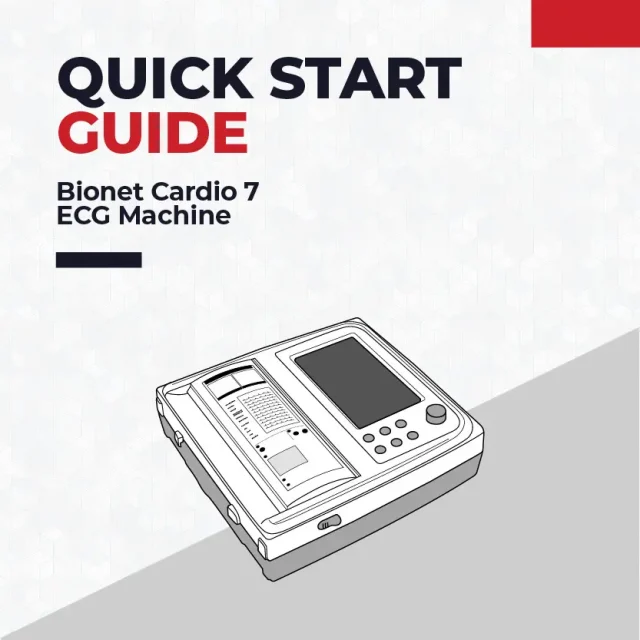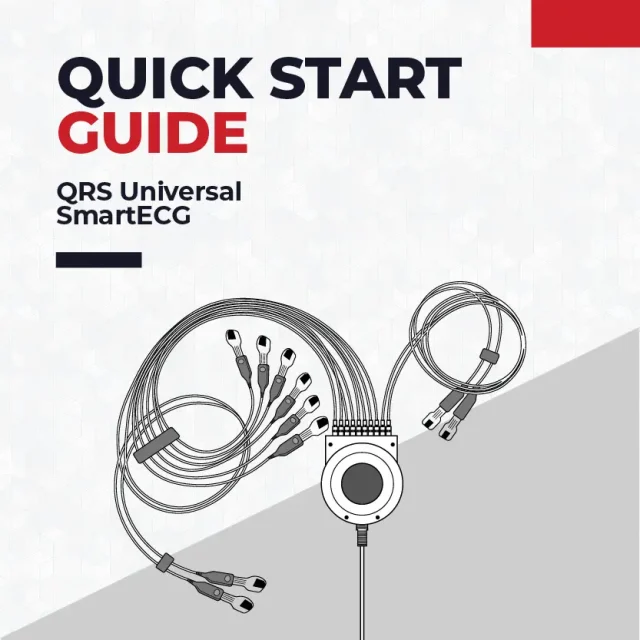How to Read a Fetal Non-Stress Test (NST)

What is a Non-Stress Test?
A fetal non-stress test (NST) is a safe and noninvasive test used to check a baby’s health before birth. NST’s are a form of electronic fetal monitoring. In addition, non-stress tests are normally performed 26 to 30 weeks into pregnancy. This is because, in healthy babies, fetal heart rate increases with movement.
A doctor will monitor heart rate, movement and contractions for about 20 to 30 minutes to help ensure the baby has ample oxygen supply.
The term “non-stress” means there is no stress placed on the baby. The test is low risk for both the patient and the fetus. Therefore, the fetal NST can be performed frequently if needed.
Who Needs a Non-Stress Test?
Not all pregnant women need to take a non-stress test. However, doctors recommend scheduling a test if the patient…
- Has medical conditions such as Type 1 Diabetes, High Blood Pressure, Heart Disease, etc.
- Experiences decreased fetal movement
- Is 2 or more weeks past-due
- And other reasons
How a Non-Stress Test is Performed
First, a caregiver applies ultrasound gel over the abdomen.
Next, a transducer (fetal doppler) and tocodynamometer wraps around the patient’s abdomen to record fetal heart rate and contractions.
Finally, the test records heartbeat and contractions for 20 to 30 minutes and is ready for analysis.

How to Read a Non-Stress Test
Baseline Variability, Accelerations and Decelerations are the most important parameters to monitor when analyzing a non-stress test. Moreover, these parameters directly relate to the recorded fetal heart rate and uterus contractions.
Firstly, Fetal Heart Rate (FHR) is typically recorded at the top of the graph paper. Therefore, contractions are generally recorded at the bottom.
In this section, we will break down how to read and interpret a fetal NST correctly.
Please watch this video for an in-depth explanation of this process.
Baseline Variability
The first step to reading an NST is to find an average fetal heart rate reading over 10 minutes.
For instance, the normal fetal HR is between 110 and 160 BPM. However, because we are monitoring fetal movement, we want the baseline heart rate to change in the long run.
- Absent: 0 BPM Variation
- Minimal: <5 BPM Variation
- Moderate: 6 to 25 BPM Variation (Healthy)
- Marked: 25+ BPM Variation
Accelerations
Most importantly, Accelerations help determine whether a fetal non-stress test is reactive or nonreactive. Both Accelerations and Decelerations usually return to normal in the short term (<2 minutes). Meanwhile, Baseline Variability typically lasts for 10+ minutes.
- For patients under 32 weeks pregnant, the BPM should increase by 10+ for 10 or more seconds. The BPM should return back to the baseline within ~2 minutes.
- For patients over 32 weeks pregnant: the BPM should increase by 15+ for 15 or more seconds. The BPM should return to the baseline within ~2 minutes.
Decelerations
Healthcare providers want to ensure there are no decelerations during the non-stress test. Early Deceleration will generally indicate a healthy fetus.
- Early Deceleration: The lowest point of the deceleration and the peak of the contraction occur at the same time. This is considered healthy.

- Late Deceleration: The lowest point of the deceleration occurs after the peak of the traction. This is considered abnormal.

Interpreting an NST Result
In short, the primary results for a Non-Stress Test are Positive, Negative and Non-Determinant. We will break down each categorical finding below.
Positive (Reactive)
- Positive = Good Acid Base Status
- Fetal Baseline = 110 to 160 BPM
- Baseline Variability = Moderate
- 2+ Accelerations in 20 minutes
- Early Decelerations
Negative (Nonreactive)
- Negative = Bad Acid Base Status
- Fetal Baseline = <110 BPM, Sinusoidal
- Baseline Variable is Minimal
- <2 Accelerations in 20 minutes
- Recurrent Late / Variable Decelerations
Non-Determinant
- The results do not fall under Positive or Negative
- Patient may need to undergo further tests
Closing
To recap, non-stress tests play an important role in addressing fetal oxygen status and helping avoid high-risk pregnancy complications.
To clarify, a failed or non-reactive test does not always indicate a reason for alarm. For example, the fetus may have been sleeping during the test. However, it may dictate more tests and further monitoring during the pregnancy. But most importantly, providers thoroughly discuss the test results with patients and address all concerns.
Citations
- https://www.youtube.com/watch?v=gMfJgIybS5o
- https://www.verywellhealth.com/nonstress-test-purpose-risk-factors-what-to-expect-5189729
- https://medlineplus.gov/lab-tests/nonstress-test/
- https://www.stanfordchildrens.org/en/topic/default?id=fetal-monitoring-90-P02448
- https://www.hopkinsmedicine.org/health/treatment-tests-and-therapies/fetal-heart-monitoring








